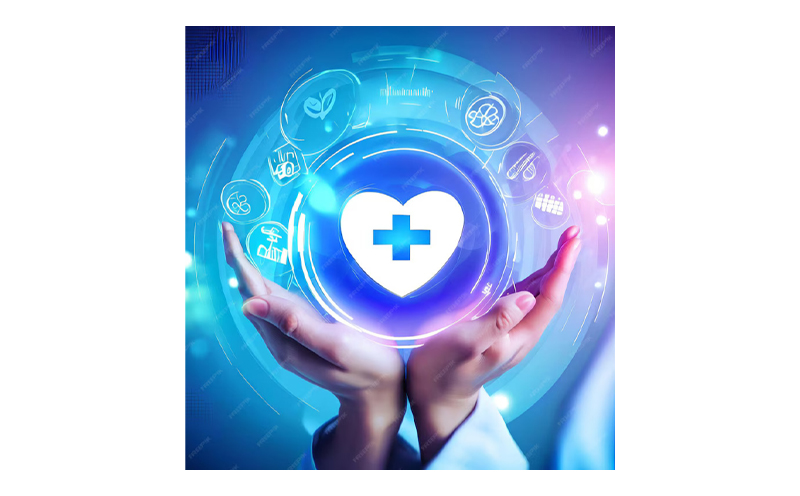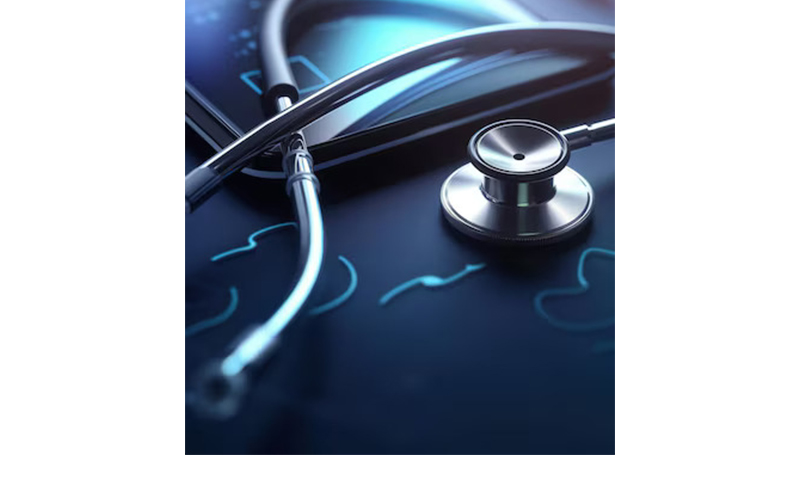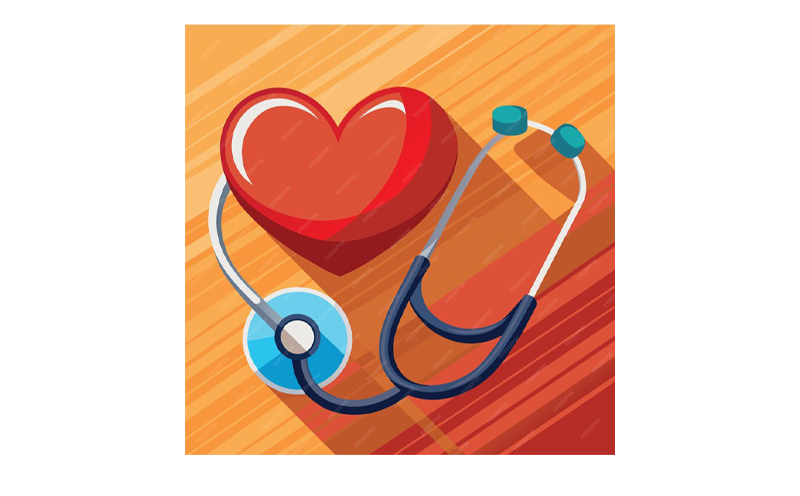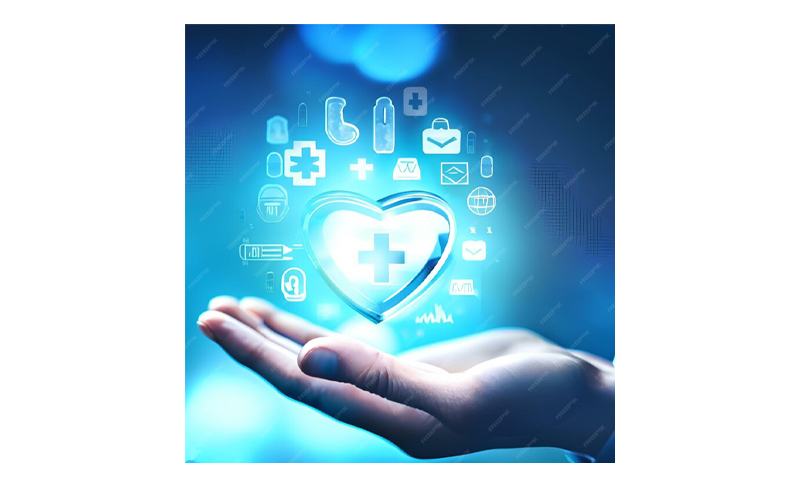
How Does a Hospital Management System Work?
A Hospital Management System (HMS) automates and streamlines hospital operations. It
integrates
patient management, electronic health records (EHR), billing, and scheduling into a
centralized
platform. HMS enhances patient care by providing instant access to medical history and
optimizing appointment scheduling. It also manages inventory, tracks lab results, and
supports
telemedicine. With robust security measures ensuring HIPAA compliance, an HMS protects
patient
data. By offering detailed analytics and reporting, it helps in making informed decisions,
improving operational efficiency, and reducing administrative workload. Overall, an HMS is
essential for modern healthcare facilities aiming for improved productivity and patient
satisfaction.
A new patient gets in contact with the hospital to make an appointment. As soon as the front
desk schedules a meeting, the healthcare CRM
software registers the patient and records all
correspondence with this patient, including but not limited to notes, assigned doctors, and
phone call logs. The patient is also informed about the booked appointment through an
automated
call or text message from the hospital's CRM software.
Top 10 Features For Hospital Management System (HMS)
1) Patient Management System
A comprehensive patient management system is essential. This feature should include patient registration, appointment scheduling, and tracking patient history. It allows for seamless patient data management, reducing errors and enhancing patient care.
User-friendly Interface: A setup that makes patient registration simple and requires little in the way of input.
Appointment Scheduling: Ability to plan appointments effectively while minimizing conflicts and making the most use of available resources.The management of healthcare records involves the safe storage and retrieval of patient data.
Interaction with Other Modules: For streamlined procedures, there is a smooth interaction with other modules such as billing and EMR.
Automatic Reminder System: A feature that allows patients to receive email or SMS reminders for their appointments.
2) Electronic Health Records (EHR)
An effective HMS must have robust electronic health records integration. EHRs store patients' medical history, treatment plans, and test results in a centralized database, ensuring that healthcare providers have instant access to critical information.
3)Billing and Revenue Cycle Management
Efficient billing and revenue cycle management is a must. This feature automates billing processes, handles insurance claims, and ensures timely payments. It reduces administrative workload and minimizes errors in financial transactions.
Patient billing: Accurate and efficient invoicing of services provided to patients. Insurance Management: The capacity to oversee the billing and claims procedures for insurance.
Payment processing: For safe payment processing, integration with payment gateways is required. Automatic creation of invoices for rendered services is known as invoice generation.
Revenue Reporting:Financial performance and revenue sources are tracked by reporting systems.





4) Appointment and Scheduling Management:
A user-friendly appointment and scheduling management system helps in organizing patient appointments, reducing wait times, and optimizing the utilization of healthcare providers. It also helps in managing doctor schedules and availability.
5) Inventory and Supply Chain Management:
Managing medical supplies and equipment is critical in a hospital setting. Inventory management features track stock levels, manage orders, and ensure that essential supplies are always available without overstocking.
Supplier Management:The ability to keep track of purchases and manage supplier data.
Inventory tracking:Monitoring stock movements and inventory levels in real time.
Purchase Order Management: A more efficient way to create and monitor purchase orders.
Budget Management::A feature for keeping track of spending and purchase-related budgets.
Integration with Accounting:Accurate financial tracking can be achieved through integration with accounting systems.



6) Lab and Test Management:
Lab and test management features streamline the process of ordering, tracking, and reporting laboratory tests. Integration with laboratory information systems (LIS) ensures that test results are accurately recorded and easily accessible.
7) Reporting and Analytics:
Advanced reporting and analytics features provide valuable insights into hospital operations. They help in making informed decisions by analyzing patient data, financial performance, and operational efficiency.
8)Telemedicine Integration:
In the age of digital health, telemedicine integration is a key feature. It enables remote consultations, video conferencing, and online patient follow-ups, expanding access to healthcare services.
9) Security and Compliance:
Ensuring the security and privacy of patient data is paramount. The HMS should comply with healthcare regulations such as HIPAA (Health Insurance Portability and Accountability Act) and ensure robust data encryption and access controls.
10) User-Friendly Interface:
A user-friendly interface is crucial for the effective use of HMS. The software should be intuitive and easy to navigate for both healthcare providers and administrative staff, reducing the learning curve and increasing productivity.




Summary
Choosing the right hospital management software can significantly improve the efficiency and quality of healthcare services. By focusing on these top 10 features, healthcare facilities can ensure they select a system that meets their operational needs, enhances patient care, and supports their growth. As technology continues to evolve, staying updated with the latest features in HMS will be essential for maintaining a competitive edge in the healthcare industry.
